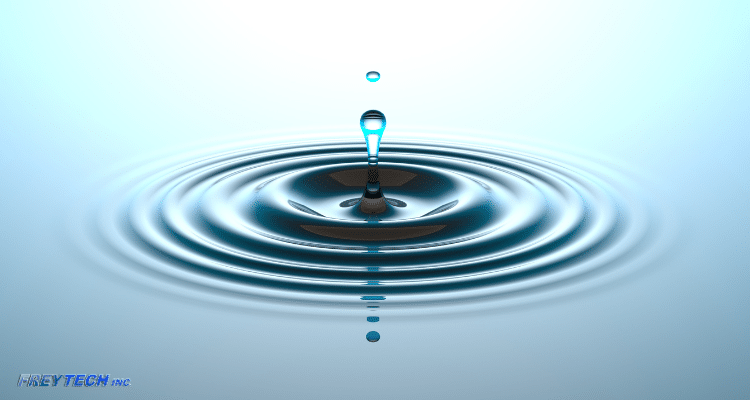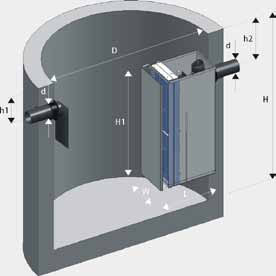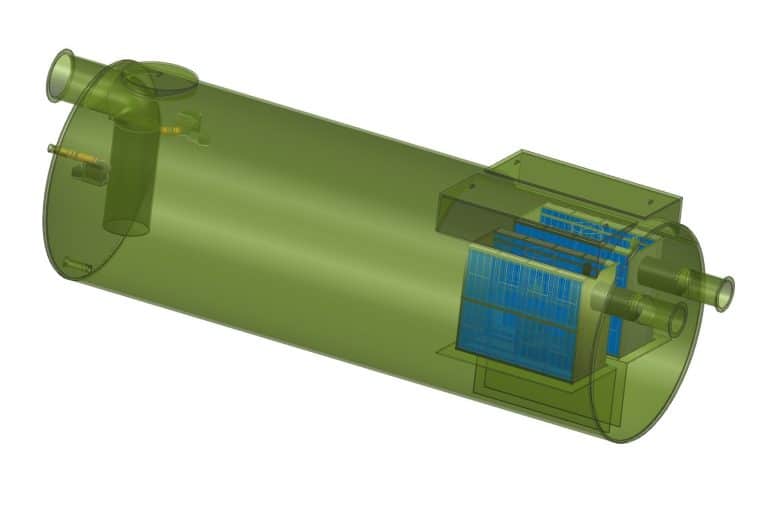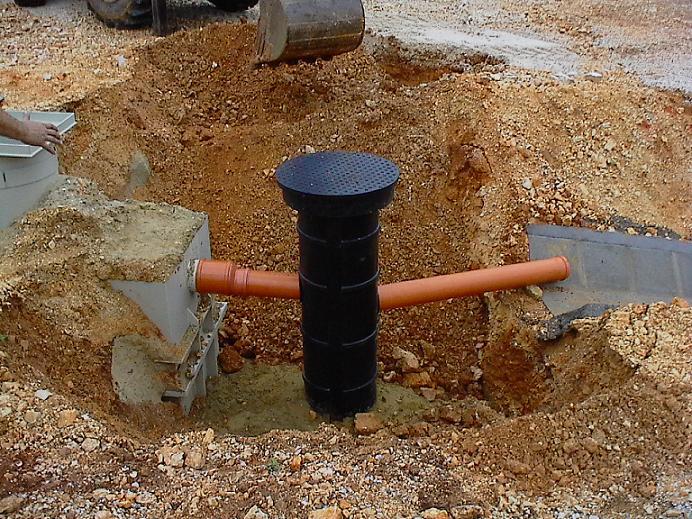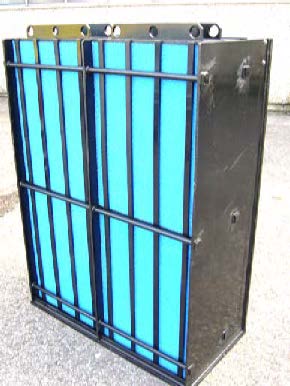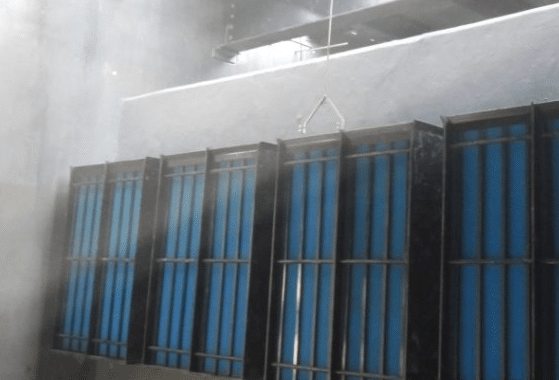Have you ever thought about What is an Oil Water Separator? or how industries deal with oil spills in water? Oil water separators are key devices that remove harmful oil from water. They are important in oil and gas, manufacturing, and wastewater treatment. They help industries follow environmental laws.
At the core of how oil water separators work is gravity. It lets oil float on top of water. This helps prevent pollution and ensures industries follow legal water discharge rules. Knowing how these separators work shows their big role in protecting our environment.
Key Takeaways
- Oil water separators are essential for removing harmful oil and grease from wastewater.
- Gravity, along with coalescing technology, is the fundamental operational principle.
- Compliance with environmental regulations is critical for industries handling contaminated water.
- The efficiency of these separators can greatly affect operational costs.
- Regular maintenance ensures optimal performance and adherence to legal standards.
Understanding the Purpose of Oil Water Separators
Oil water separators are key to keeping our environment clean. They separate oil from water in wastewater. This is important for industries like steel, mining, food, and power.
These industries produce wastewater with oil in it. To follow environmental rules, they must dispose of it properly. Using oil water separators helps them do this, avoiding fines.
Importance of Environmental Regulations
Rules on oil in water are strict, like 10 Parts per Million (PPM) in North America. These rules protect our water and health. Companies use oil water separators to meet these standards.
These systems remove oils and contaminants. This keeps companies out of trouble and shows they care about the environment.
North American Hydrocarbon Discharge Limits
In North America, there are strict limits on oil in water. Oil water separators help companies follow these rules. They also save money by recycling oil and reducing treatment costs.
Not following these rules can cost up to $25,000 a day. But, with good technology, companies can avoid these costs. This keeps their finances stable.

Components of an Oil Water Separator
An oil water separator has key parts that work together. They help separate oil from water well. Knowing these parts is important for the system to work right and meet environmental rules.
Coalescing Media
Coalescing media is very important in oil water separators. It helps oil droplets stick together into bigger ones. These bigger droplets then float to the top of the water, making separation easier.
The quality of the coalescing media affects how fast and well oil is separated. Good design and quality are key for better results.
Oil Skimmer Options
There are different ways to remove oil from water. Freytech Inc. has special oil skimmers that automatically drain the oil. This keeps the oil clean, with up to 99.7% purity.
Using these advanced oil skimmers makes oil water separators more efficient. They are essential for many uses.
How Oil Water Separators Function
The oil water separator works mainly by using gravity. This method helps separate oil and water effectively. The flow is designed to make separation better, leading to cleaner results.
Oil and water have different densities. This makes it easy to separate them in the process.
The Separation Process
When the mixture goes into the separator, it starts to get purified. The goal is to cut down oil content to 100 parts per million or less. This is before moving on to the next steps.
The separator’s design helps bigger oil droplets float up. At the same time, the denser water stays at the bottom. This natural process makes it easy to remove oil and get cleaner water. It’s key for following environmental rules.
Coalescing Technology Explained
Coalescing technology makes the oil water separator even better. It uses special media to join small oil droplets into bigger ones. This makes the separation process more efficient.
With this technology, the system can remove hydrocarbons to levels of 30 parts per million. Oil water separators with coalescing plates can last over 20 years. They also help avoid expensive fines from regulators.
Keeping an eye on the system and using heating coils can make separation even better. This ensures the system meets discharge limits.
Advantages of Using Freytech Inc. Solutions
Freytech Inc. provides top-notch oil water separator technology. This technology offers big benefits to many industries. The systems are very good at separating oil from water, meeting strict standards.
High Separation Efficiency Metrics
Freytech’s separators can cut oil levels down to 0.1 PPM. They handle up to 2000 PPM of oil, beating the CAN/ULC-S656 standard. This means they meet the US EPA’s Clean Water Act, helping businesses keep their wastewater clean.
Reusability of Coalescing Media
Freytech’s coalescing media can be reused many times. With simple maintenance, like spray washing, it stays effective for years. This saves money and helps the environment, showing Freytech’s commitment to sustainability.
Applications of Oil Water Separators
Oil water separators are used in many areas like cars, oil plants, ships, and city water systems. They are key in keeping water clean by stopping oil pollution. This helps meet strict environmental rules and protects our planet.
Industrial Use Cases
Factories and car shops use oil water separators to handle oil spills and clean water. They make sure water is safe by keeping oil levels low, usually under 10 Parts per Million (PPM) in North America. This saves money by reducing the need for cleaning up sludge.
Water Treatment Facilities
Water treatment plants depend on oil water separators to clean wastewater. For example, special methods can cut petroleum in sludge by over 80%. Places like the U.S. Postal Service Fleet Maintenance Facility have lowered oil in water while following rules. They use new ways to clean water better and more efficiently.
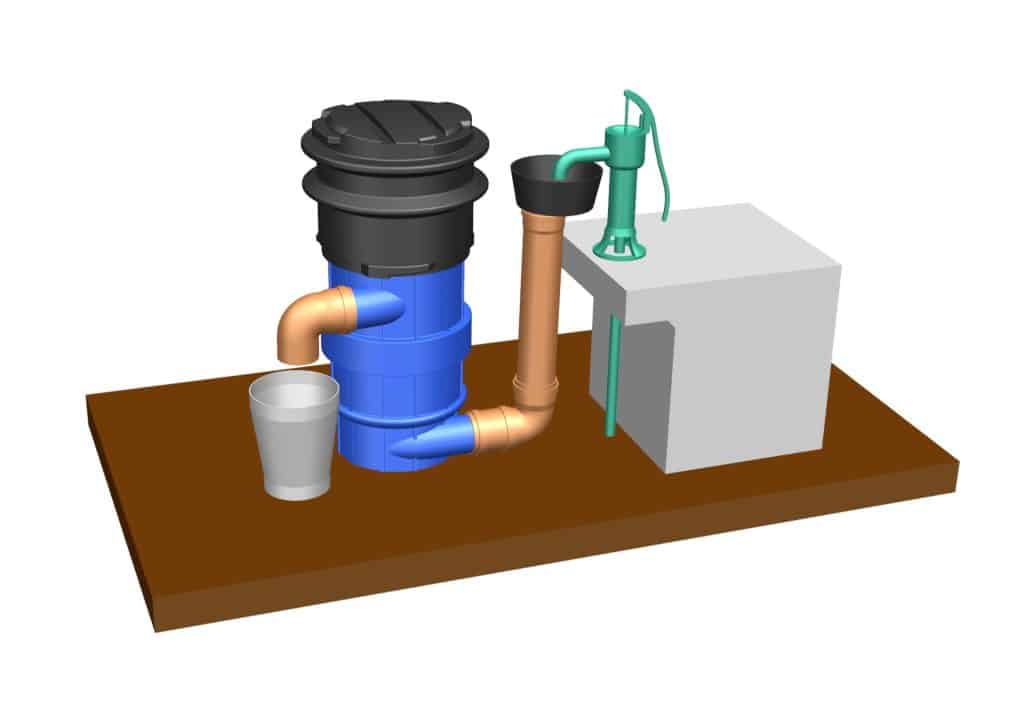
Typical Maintenance Practices
Regular maintenance is key to keeping oil water separators working well. Cleaning the coalescing media is a must. It removes oil and debris, keeping the separator efficient. Cleaning should happen every six months, but this can change based on how much it’s used and local rules.
Operators use tools like wrenches, cleaning agents, filters, and seals for maintenance. These tools help them do the job right.
Cleaning Coalescing Media
Cleaning the coalescing media means checking for problems and making sure levels are right. It also means filters are clean to avoid clogs. A pressure washer helps get rid of waste, keeping the system running smoothly.
It’s important to dispose of oil properly. This keeps the environment safe and follows the law.
Monitoring System Performance
Checking how well the oil water separator works is important. Operators should test it often and watch oil and water levels. Keeping maintenance records helps track the equipment’s health.
These records help the separator last longer and work better. This saves money and keeps the system in line with local rules.
Differences Between Oil Water Separators and Other Systems
It’s important to know the differences between oil water separators and other systems. Oil water separators use gravity and coalescing technology to separate oil from water. This is better than traditional filters, which often can’t handle emulsified oils or finer particles.
Comparison with Traditional Filtration
Traditional filters use mechanical means to remove particles from fluids. They might not work well for small oil droplets. On the other hand, oil water separators are better at removing these small droplets. They can separate up to 98% of oil droplets smaller than 10 microns.
Advantages Over Gravity Separators
Gravity separators are cheap but not always effective for high-flow conditions or emulsified oils. Oil water separators use advanced technologies like hydrocyclones and coalescing media. For example, hydrocyclones can make water almost oil-free, which is great for meeting strict environmental rules.
Oil water separators are more reliable and efficient than gravity systems. They are key in industries like oil refineries and manufacturing. For more on oil extraction, check out this page.
Common Challenges Faced
Oil water separators are key in many industries, helping meet environmental rules. Yet, they face several common problems. These issues can make them less effective. It’s important to tackle these problems to get the most out of oil water separators.
Dealing with Emulsified Oil
Emulsified oil is a big challenge for oil water separators. It happens when tiny oil droplets stay mixed with water. This makes it hard for traditional systems to separate them.
Companies need to use new technologies to better separate oil from water. This helps keep the treated water clean, as required by laws.
Managing Flow Rate Variability
Changes in water flow can affect oil water separators. Too much water can overwhelm them, making them less effective. It’s vital to have good plans and strategies for these changes.
By choosing the right equipment and setting it up well, industries can keep their separators working well. This is true even when the water flow changes a lot.
Innovations in Oil Water Separation Technology
The field of oil water separator technology has seen big changes. New systems use advanced coalescing technologies. This makes them much better at separating oil from water.
These systems can now reach very low levels of oil in water. This is important for meeting strict environmental rules.
Enhanced Coalescing Advances
New oil water separators use better coalescing media, like HD Q-PAC. This design has a lot of surface area for oil to stick to. It can remove almost all oil droplets over 20 microns.
These systems work well because they don’t let oil get mixed back in. This is thanks to their design and flow rates.
Future Trends
The future looks bright for oil water separators. We’ll see more automated systems that work better and need less human help. These changes will make things easier and safer.
Systems will also be smaller and more efficient. This is great for places where space is limited. As we all try to be more green, these new technologies will be key. They will help us meet environmental goals and make our facilities better.
Case Studies of Freytech Inc. Implementations
Freytech Inc. has made big improvements in many facilities with its advanced oil water separator technology. These examples show how water quality, costs, and environmental rules have all gotten better. They show how oil water separators work in different industries.
Successful Facility Upgrades
Places using Freytech’s oil water separators have seen big changes. They now have better separation and lower maintenance costs. By customizing systems, companies can cut costs by up to 30%.
These upgrades are key for businesses that care about the environment and saving money.
Oil Recycling Benefits
Turning oil from separators into something useful is a big plus for Freytech’s clients. It helps businesses be more eco-friendly. They save money on waste disposal and might even make money from recycling.
This shows how important oil water separators are for today’s industries.
Contact Freytech Inc. for More Information
To learn more about oil water separators and Freytech Inc.’s solutions, it’s easy to get in touch. You can reach out through different channels to ask about custom services and products. Freytech Inc. helps industries meet environmental rules and improve their wastewater handling.
Getting in Touch: Phone and Online Options
Call Freytech Inc. at +1 (305) 372-1104 for quick help. Their team knows a lot about oil water separator tech and how it can help your place. Or, check their website to see oil water separators, get a quote, or set up a meeting with their experts.
Requesting a Consultation
If you want to make your wastewater treatment better, ask for a consultation. Freytech Inc. looks at what you need and suggests the best oil water separator tech. They have lots of experience and can help improve efficiency, cut costs, and follow North American rules.


